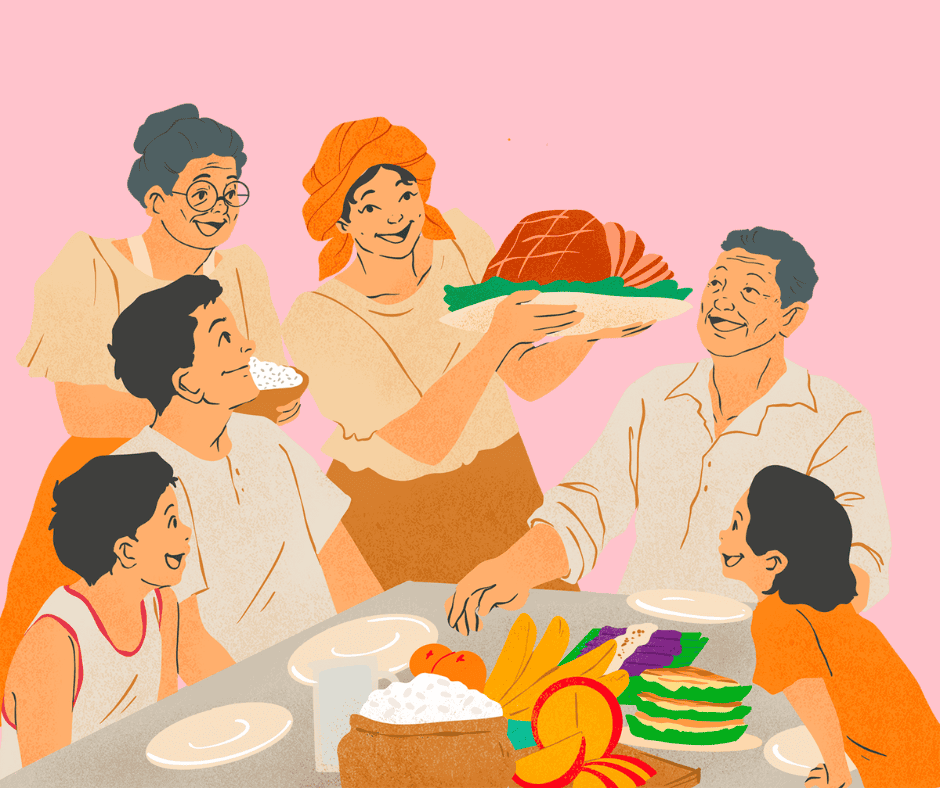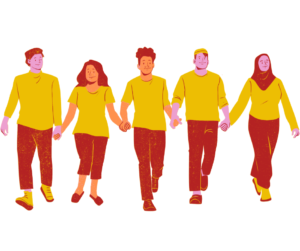Raising a child in an intercultural relationship comes with incredible opportunities to celebrate cultural diversity and heritage. For interracial couples, parenting a biracial child means fostering a sense of belonging in multiple cultures while navigating the unique challenges that come with mixed-race identity. By embracing both backgrounds, parents can provide their child with the confidence, pride, and understanding needed to thrive in a multicultural world.
The Beauty of Bicultural Love and Parenting
Children raised in multicultural partnerships benefit from a rich, diverse upbringing. They are exposed to multiple languages, traditions, and worldviews, helping them develop adaptability and cultural awareness from an early age. Cross-cultural marriages bring unique perspectives on parenting, allowing children to experience different values, communication styles, and customs in their everyday lives.
However, while the benefits of intercultural relationships in parenting are vast, there are also challenges. Biracial children often face questions about their identity, social perceptions, and expectations from different cultural communities. Helping them develop a strong and positive self-image requires thoughtful parenting that acknowledges both aspects of their heritage.
Challenges of Raising a Bi-Racial Child
- Identity Formation – One of the biggest challenges biracial children face is understanding where they belong. Society often encourages people to categorize themselves into a single racial or cultural identity, which can make mixed-race children feel pressured to “choose” one heritage over another.
- Navigating Cultural Differences in Relationships – Parents may have different approaches to discipline, education, or family traditions, influenced by their cultural backgrounds. It is essential to communicate openly and establish a shared approach that honors both perspectives.
- Social Perceptions and Bias – Mixed-race couples and their children may experience external pressures, including racism, stereotypes, or confusion from others who do not understand their background. Teaching children how to respond confidently to questions about their identity can empower them in social situations.
- Language and Communication – If the parents come from different linguistic backgrounds, deciding which languages to introduce to the child can be a challenge. While bilingualism has cognitive and social benefits, it requires consistency and effort to maintain multiple languages in the home.
Strategies for Nurturing a Strong Biracial Identity
1. Celebrate Both Cultures Equally
A key aspect of raising a biracial child is ensuring they feel connected to both sides of their heritage. Parents can do this by incorporating traditions, holidays, music, and stories from both cultures into daily life. Cooking meals from each background, visiting relatives, and teaching them about their family’s history can help strengthen their cultural identity.
2. Encourage Open Conversations About Identity
Children will naturally have questions about their racial background, especially as they grow older and begin interacting with the world outside their home. Parents should create a safe space for discussing cultural diversity in dating, family traditions, and any challenges they may face. Letting them express their feelings and experiences without judgment helps build self-confidence.
3. Expose Them to Diverse Communities
Surrounding biracial children with multicultural communities can reinforce the idea that diversity is a strength. Seeking out playgroups, schools, or cultural organizations where diversity is embraced helps children see others who share similar experiences. Exposing them to books, media, and role models that reflect mixed-race families also reinforces a positive sense of self.
4. Teach Them to Handle External Questions and Stereotypes
Mixed-race couples often find that their children face curiosity or even ignorance from others. Equipping children with thoughtful responses to questions like “What are you?” or “Where are you really from?” can help them navigate social situations with confidence. Encouraging self-pride and reinforcing that they don’t need to fit into a single category fosters self-acceptance.
5. Work Together as Parents
Even within loving cross-cultural marriages, parents may have different views on child-rearing based on their upbringing. Discussing expectations early and finding a balanced approach that reflects both backgrounds ensures that children receive consistent messages about their identity and values.
The Benefits of Intercultural Relationships in Parenting
Despite the challenges, raising a biracial child in a multicultural partnership offers numerous advantages:
- Broader Worldview: Children exposed to multiple cultures develop greater empathy, adaptability, and open-mindedness.
- Bilingual or Multilingual Skills: Learning multiple languages enhances cognitive development and provides valuable communication skills.
- Rich Cultural Experiences: Growing up with diverse traditions and perspectives fosters a deep appreciation for global cultures.
- Increased Resilience: Navigating multiple cultural identities can help children become more confident and self-aware as they grow.
Final Thoughts
Raising a biracial child is a rewarding journey that requires understanding, patience, and intentionality. By embracing the richness of their multicultural heritage, mixed-race couples can help their children navigate identity with confidence and pride. With love, open dialogue, and exposure to both cultures, parents can equip their children with the tools they need to celebrate their uniqueness and thrive in an increasingly diverse world.
Therapy is a useful tool for new families to take advantage of. If you and your partner are interested in learning more about the resources available to you, or you are looking for some extra support in your child-rearing experience, consider booking an appointment with us today!











